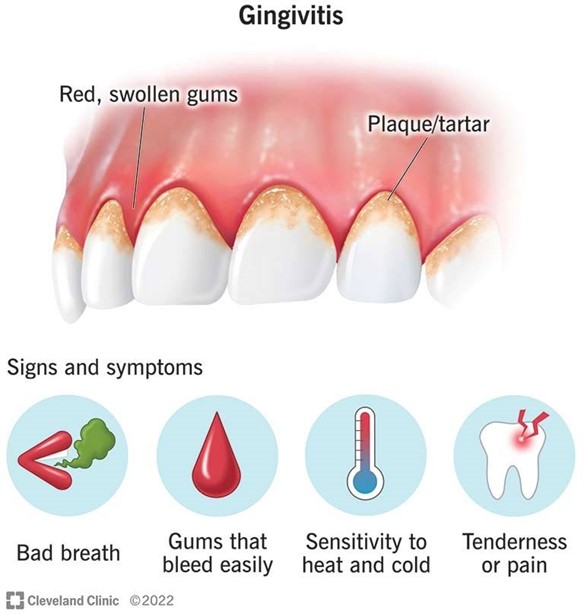After the change-of-shift report, the practical nurse (PN) makes rounds on a postoperative unit. Which client finding necessitates the Immediate attention of the PN?
An older client whose blood pressure (BP) is 100/70 after receiving meperidine for pain related to a hip fracture.
A client who has pink urine draining from the indwelling urinary catheter following transurethral prostatectomy.
A client who is having bright red drainage from the rectum following a colonoscopy with polyp removal.
A client who has brown-green bile draining from a T-tube after cholecystectomy for cholelithiasis.
The Correct Answer is C
The client finding that necessitates immediate attention by the practical nurse (PN) is a client who is having bright red drainage from the rectum following a colonoscopy with polyp removal. Bright red rectal bleeding can indicate active bleeding and immediate intervention is required to assess the severity of the bleeding, control the bleeding if possible, and prevent further complications.
A. The older client with a blood pressure of 100/70 after receiving meperidine for pain may require further assessment, but it does not indicate an immediate life-threatening condition.
B. Pink urine draining from the indwelling urinary catheter following a transurethral prostatectomy may be expected due to the surgical procedure, but it should still be monitored.
D. Brown-green bile draining from a T-tube after cholecystectomy for cholelithiasis is also an expected finding.
Nursing Test Bank
Naxlex Comprehensive Predictor Exams
Related Questions
Correct Answer is A
Explanation
In this scenario, the dentist is increasing the amount of dairy products in her diet with the aim of reducing the risk of gingivitis due to her family history of cancer. However, the practical nurse (PN) should respond by suggesting that an increase in fruits and vegetables would be more beneficial.
Fruits and vegetables are rich in essential vitamins, minerals, and antioxidants, which can help support overall oral health and reduce the risk of gingivitis. They provide a wide range of nutrients that are important for maintaining healthy gums and teeth.
While dairy products can contribute to overall dental health due to their calcium content, they should not be solely relied upon as the primary means of preventing gingivitis or reducing the risk of cancer. A well- rounded and balanced diet, including plenty of fruits and vegetables, is essential for optimal oral health.
Options b, c, and d are not directly related to the dentist's concern about gingivitis and the increased consumption of dairy products. Encouraging exercise (option b) is generally beneficial for overall health, but it does not specifically address gingivitis. Reminding the client to ensure dairy products are fortified with vitamin D (option c) is not necessary in this context, as the focus is on preventing gingivitis rather than addressing vitamin D deficiency. Providing written information about the warning signs of cancer (option d) is not directly relevant to the dentist's current situation and concern about gingivitis.

Correct Answer is A
Explanation
The client's statements suggest significant distress, feelings of being a burden, and a sense of hopelessness related to their obsessive-compulsive disorder (OCD). Given the severity of these statements, it is crucial for the PN to assess the client's risk of suicide or self-harm. Asking directly about suicidal thoughts or considering suicide as an option allows the PN to evaluate the immediate safety of the client and take appropriate actions to ensure their well-being.
While the other options may also provide relevant information, they are not as critical as assessing the client's risk of suicide.
B. Questioning about which rituals are most often used to reduce anxiety can help gather information about the client's specific OCD symptoms and coping mechanisms.
C. Determining what makes the client think people are laughing can provide insight into their perception of how others view them, but it may not address the immediate risk of harm.
D. Asking about the impact of obsessions and compulsions on sleep can help assess the client's overall functioning, but it does not address the immediate risk of suicide.
Whether you are a student looking to ace your exams or a practicing nurse seeking to enhance your expertise , our nursing education contents will empower you with the confidence and competence to make a difference in the lives of patients and become a respected leader in the healthcare field.
Visit Naxlex, invest in your future and unlock endless possibilities with our unparalleled nursing education contents today
Report Wrong Answer on the Current Question
Do you disagree with the answer? If yes, what is your expected answer? Explain.
Kindly be descriptive with the issue you are facing.
